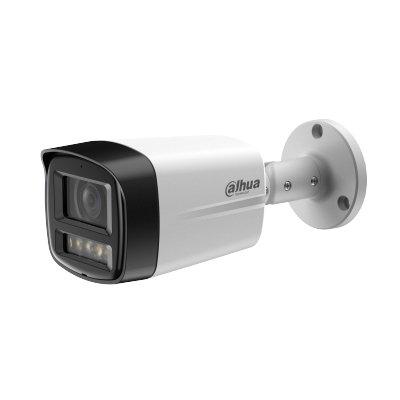ASSA ABLOY, the pioneer in access solutions, has received validation by the Science Based Targets initiative (SBTi) for the company’s emission reduction targets. In 2020, ASSA ABLOY launched ambitious sustainability goals to substantially reduce its greenhouse gas emissions across the entire value chain, including halving absolute emissions by 2030 and reaching net-zero no later than 2050.
The SBTi has ratified that ASSA ABLOY’s emission reduction targets are in line with the requirements to limit global warming to 1.5°C, which is consistent with the latest climate science and the Paris Climate Agreement.
Reach net-zero
Sustainability will be vital to economic and industrial development in the coming decades"
“Sustainability will be vital to economic and industrial development in the coming decades. ASSA ABLOY is committed to halving CO2 emissions from our own operations (Scope 1 and 2) by 2030. In addition, we will reduce the footprint of our wider value chain, including raw materials, logistics and products by 28% by 2030, thereby addressing our Scope 3 footprint. We will reach net-zero no later than 2050,” says Nico Delvaux, President and CEO of ASSA ABLOY, adding ”The ratification of our goals by SBTi demonstrates our ambition to lead our industry towards a more sustainable future.”
Robust plans
Charles Robinson, Director and Head of Sustainability, ASSA ABLOY, said “We have robust plans in place to reduce our energy consumption by applying our manufacturing footprint programme and energy efficiency measures at our most energy intensive sites.”
He adds, “This, combined with increased use of renewable energy, will help us achieve our 50% reduction target compared to the baseline year of 2019. However, more than 98% of our total CO2 emissions in the wider value chain are in our Scope 3 footprint.”
Charles Robinson continues, “ASSA ABLOY has committed to reducing its Scope 3 emissions by 28% by 2030. This will be achieved through concrete initiatives to use raw materials more efficiently, utilise low-carbon materials and develop more sustainable solutions."





















